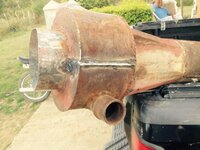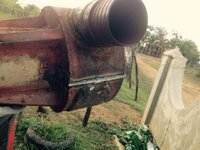principedeleon
Sr. Member
- Oct 22, 2013
- 449
- 151
Hey guys, i just remodified my quad jet to dual inlet for less weight and more GPM output.. I have tried to have to have both pumps pushing water but one pump shuts down the other pump from suctioning.
I have some pictures of the dredge ..
Hope someone help me fix this problem without having to make another jet.
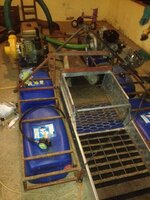
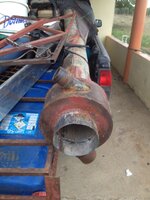
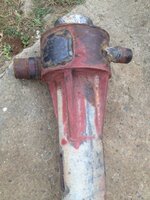
I have some pictures of the dredge ..
Hope someone help me fix this problem without having to make another jet.






